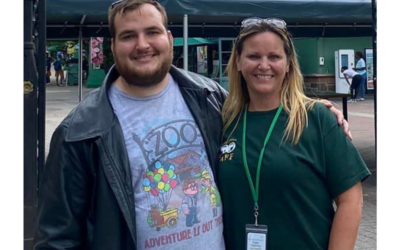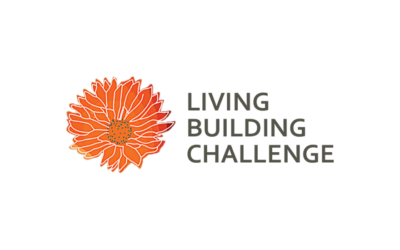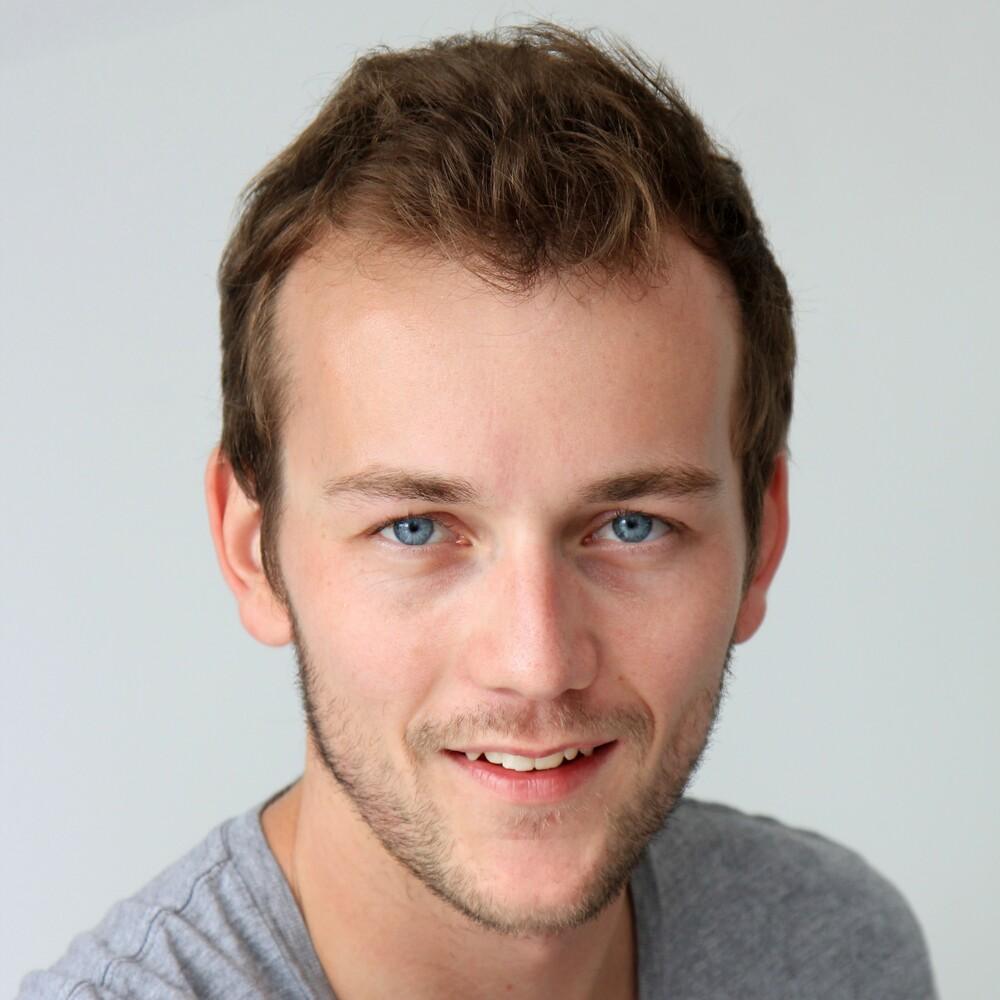While #AZA2021 is still in progress, we already garnered so many takeaways that we can’t wait until next week to share them! Read on for our “quick takes” from sessions we participated in and/or attended in the first half of the week. Give these some thought and let us know your key takeaways!
Relevancy & Future of Zoos & Aquariums:
-
External perspectives from Dr. Jane Goodall, Dr. Carl Safina, Azzedine Downs, and Juliet Eilperin: While we have consensus on what makes a good zoo/aquarium, we have divergent opinions on what species we should care for in our zoos and aquariums. There are serious questions about keeping only the most intelligent and social species
-
We need “zoos that work for animals”
-
People want connection and interaction—either virtual or live; VR can be a tool
-
Make stronger connections to the “outside world;” show how to get involved, and how our actions make a difference (for better or worse). Think about “opening our mission” and creating more and better places for learning. Give multiple pathways for engagement
-
To gain/increase public support, demonstrate our value as a local/regional asset. How do we make life and learning better? It’s more than the economics
-
How do we tell our stories better? We must support the storytellers—both financially and emotionally
-
Interesting suggestion regarding zoos incorporating rehabilitation centers into their organizations, particularly from the perspective of community connection. Many are doing this from a marine perspective (sea turtle rescue, etc.), but few are doing this more broadly
-
The importance of accepting our colonial history and moving forward in a different way with intentionality
Conservation:
-
Conservation requires focus, collaboration, and talking with those in related communities that we may not always agree with but can offer independent insights. One speaker called it “radical listening”—intensively listening to what the local community believes and needs
-
The importance of community conservation. “Fortress” vs. local conservation that includes the affected communities, emphasizing the importance of not taking a “colonial“ attitude in conservation
-
Above all, the importance of animal welfare, its evolving standards, and the broader “why” of zoos. Without that, we are not fulfilling our mission.
-
Controlling illegal wildlife trade due to its significant impact on species survival, not just overseas, but in the U.S. (i.e., poaching box turtles)
-
Recognition of SAFE PACT (People Advancing Conservation Together) for their work integrating people into the conservation effort and congratulations to two of our own: Dr. Jackie Ogden and Kathayoon Khalil, PhD, for their service awards for integrating people into the SAFE programs in a more meaningful way
-
Former AZA chairs discussed ensuring we have the highest standards of animal welfare; leadership, leadership, leadership—including emerging leaders and the ELDP program; and the importance of environmental sustainability and walking the talk, particularly given climate change
Education:
-
Starts at the top. Leadership needs to set the tone for conservation and community engagement. Leadership must make education a priority—it’s our reason for being
-
Top leaders can help the community think of the organization as a place for learning as well as fun
-
Tips for making education a priority: dedicate adequate resources; provide strategic direction with education as a key part; always be a cheerleader; keep the team in the loop and visibly demonstrate education as an institutional priority. Integrate and grow trust across disciplines: education is everyone’s job
-
There is no such thing as “over-communication”
-
Keepers and educators need to be part of exhibit development teams to have great exhibits that provide for the animals and facilitate interpretation
Diversity:
-
Progressing on the international nature of AZA with 20+ members outside of the U.S. and Canada
-
Diversity can be addressed multiple ways and always with intention
-
Pleased to see the evolving role of women in AZA with the appointment of two new female directors of major zoos (Lincoln Park and Detroit) and Myfanwy Griffith’s plan to take the Women in Leadership concepts to Europe via EAZA
-
Shout out to Craig Saffoe, Executive Director, Association of Minority Zoo & Aquarium Professionals for “Stand Up and Be Counted,” good speakers, and introducing AMZAP
-
Having a DEAIJ+ plan is the right thing to do and it’s essential for AZA accreditation. Create a plan. Define outcomes, measure, report, and update plans. Engage stakeholders in the process. But be cautious not to conflate access and pricing, or worse, assume that POC are under-resourced.
Membership:
-
There are multiple, novel ways to address attendance, funding, etc. For example, during the Covid-19 shutdown crisis, the Phoenix Zoo held a drive (with convertibles at $1,000 each) via a Zoo gala
-
More members is not necessarily better than fewer. It’s possible to have too many
-
Misaligned membership and admissions pricing can cost your organization money even if it’s not obvious
-
The traditional “household” membership structure is outdated. Membership structures need to be re-evaluated not just because our understanding of what constitutes a “family” is changing, but because there is a significant financial incentive to expanding our offerings
-
Membership funnels on our websites need to shift from “mobile-friendly” to “mobile-first.” That means that mobile is no longer the afterthought—it’s the primary channel through which transactions are happening
-
While mail and email are not dead, a modern membership strategy must include significant digital advertising for acquisition, renewal, and retention.
Stay tuned for next week’s enewsletter where we’ll share part two of our “quick takes!” In the meantime, we hope to “see” you online for the remainder of #AZA2021!





